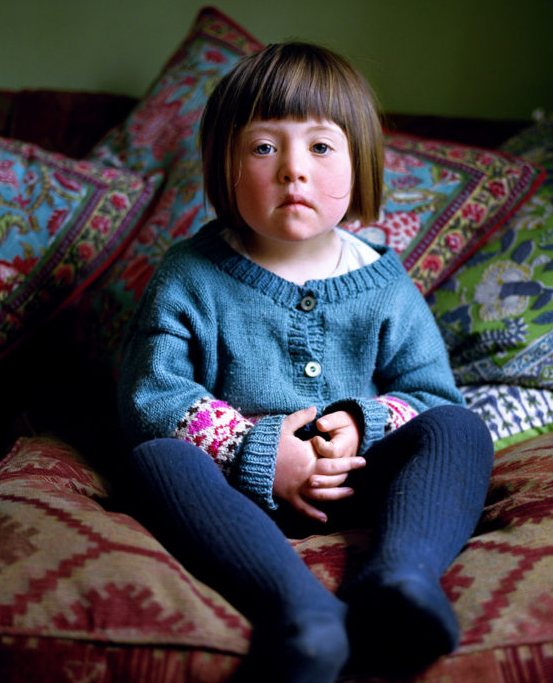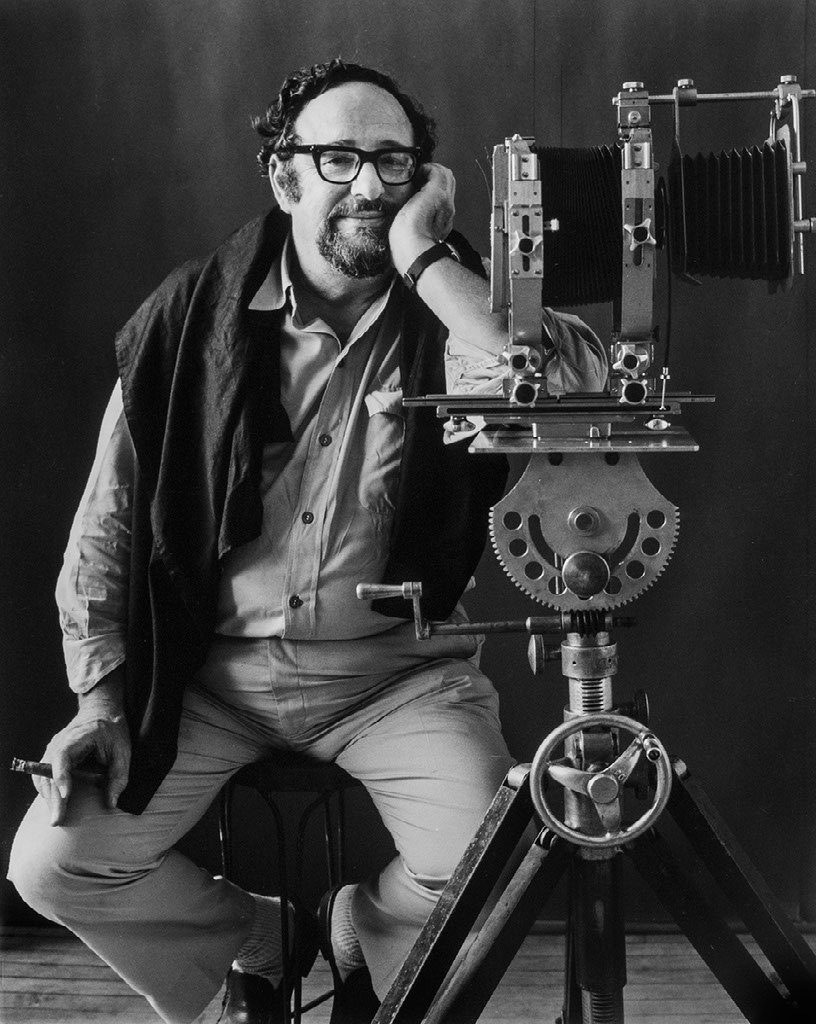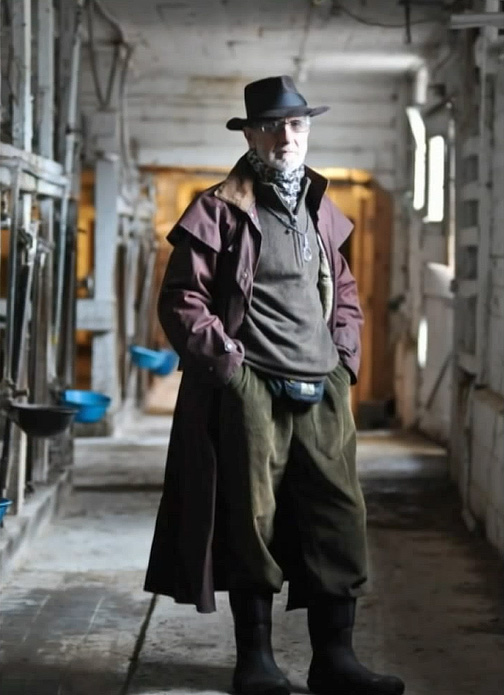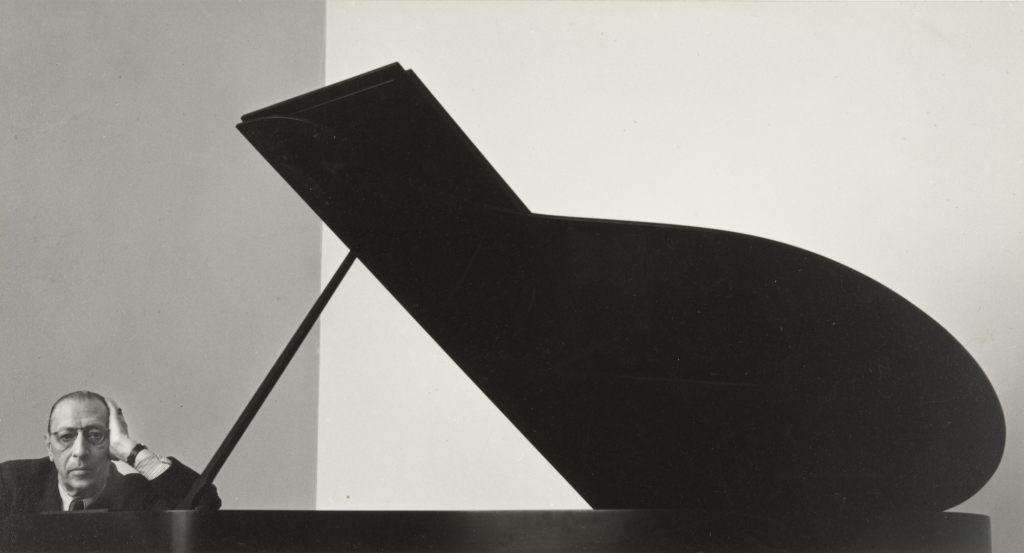Environmental portraiture is:
a form of photography where it involves a person engaging with the camera whilst they are in an everyday surrounding, a place they are connected to.
The image produced tells a strong story about the subjects life, for example their occupation, heritage, home country, social class, etc. It acts as a form of ‘photo essay’ as the comfort of their natural area adds more context to the individuals image and what kind of life they lead. One of the main attributions of environmental portraiture is the expressions and poses that are captured which adds drama to the image, making it more captivating. This can reveal/conceal an individuals personality and the position they are at in an image can tell us about their traits and their attitude towards life.









The history of Environmental Portraiture:
Environmental portraiture originated in the 20th century, from the revolutionary Arnold Newman. During an era of traditional portrait photography, Newman pushed the boundaries of the regular and stepped outside of the box. In a time where social classes were extremely cared for, Newman aspired to photograph people of all occupations and social class. He stated that “it is what they are, not who they are, that fascinates me”.
One of Newman’s most famous photographs pictures a Russian composer sitting at a grand piano by the name of Igor Stravinsky. In this portrait, the object of the subjects profession nearly fills the image entirely, while Stravinsky himself takes a seat in the corner, pushed aside by it.

With the almost exhausted look on the subjects face, this makes the image more enticing. We can interpret that this is a reflection of the tiring job the subject has and the contrast of this job back then and now. Also, this can appear to the viewer that the piano is taking up almost the entire image centre stage as its such a huge feature in the subjects life and shows the high level of passion he has for this career, making it more enhanced and a higher level of importance.
Mind Map:

